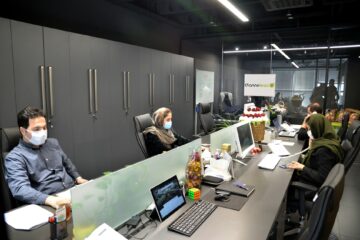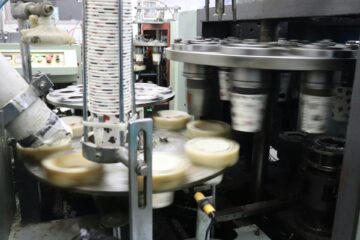In pharmaceutical and medical device manufacturing, contamination represents more than a technical malfunction — it’s a system-wide failure with financial, operational, and reputational repercussions. A contaminated batch is only the beginning; the real damage unfolds across processes, facilities, and supply chains long after production stops.
The Domino Effect of Remediation
When contamination occurs, the cleanup process is far from simple. It typically involves thorough investigations, extensive sterilization, and complete revalidation of production lines and facilities. Each step adds to downtime, delaying production schedules and product release.
Revalidation alone can be a major undertaking, requiring repeat testing, requalification of cleanrooms, and reapproval of manufacturing protocols. The additional materials, testing, and labor involved often exceed original project budgets, consuming resources that were never planned for remediation.
Supply Chain Disruptions and Production Bottlenecks
The impact of contamination rarely stays contained within the plant. Even when quality tests are inconclusive, manufacturers often quarantine or hold products until full verification is complete. These delays create ripple effects across the supply chain — blocking inventory flow, overloading storage capacity, and restricting available manufacturing space.
If contamination affects high-demand or limited-supply products, the downstream effects can be severe. Hospitals and clinics may experience shortages, forcing them to delay patient treatments or shift to alternative suppliers. These logistical complications add urgency and cost pressure to an already fragile recovery process.
Infrastructure and Equipment Consequences
Decontamination and cleaning can take a heavy toll on facility assets. Harsh sanitizing agents and repeated sterilization cycles accelerate the wear of sensitive components such as filters, resins, gaskets, and tubing. In some cases, these materials must be discarded entirely to prevent residual contamination.
This level of material loss often goes unnoticed in early financial assessments but can quickly escalate into significant capital expenditures. Furthermore, equipment restored after contamination may suffer from reduced lifespan or require more frequent recalibration, compounding long-term maintenance costs.
Regulatory and Reputational Implications
When contamination leads to a batch failure or product hold, regulatory scrutiny inevitably follows. Agencies may initiate audits, request corrective action plans, or impose temporary production suspensions. Even if the event does not lead to a formal recall, it can still trigger ongoing oversight and additional documentation requirements.
The reputational impact can be equally damaging. Investors and partners may question operational integrity, while clients could begin shifting contracts elsewhere. Restoring stakeholder confidence requires transparency, follow-up audits, and enhanced quality reporting — all of which demand additional time and resources.
Revealing Systemic Weaknesses
Contamination incidents often uncover weaknesses that extend beyond a single process. Gaps in environmental monitoring, equipment design, or personnel training can become apparent only under stress. Addressing these root causes often requires more than procedural fixes — it can mean redesigning cleanroom layouts, upgrading filtration systems, or revamping employee training programs.
These deeper improvements may be costly, but they also represent a chance to strengthen long-term resilience and compliance. Organizations that treat remediation as an opportunity for systemic improvement tend to emerge stronger and more reliable in the long run.
From Response to Prevention
Effective contamination control requires a mindset shift — from reactive remediation to proactive prevention. True prevention involves continuous risk assessment, process validation, and culture-wide accountability for cleanliness and control.
Manufacturers that embed contamination prevention into every stage of production — from facility design to employee behavior — reduce both the likelihood and the cost of future incidents. In doing so, they protect more than product integrity; they safeguard the trust and reliability that define their position in the healthcare supply chain.For a deeper dive into how contamination-related batch failures translate into hidden operational and financial risks, consult the accompanying resource from technical service provider, Scientific Safety Alliance.












